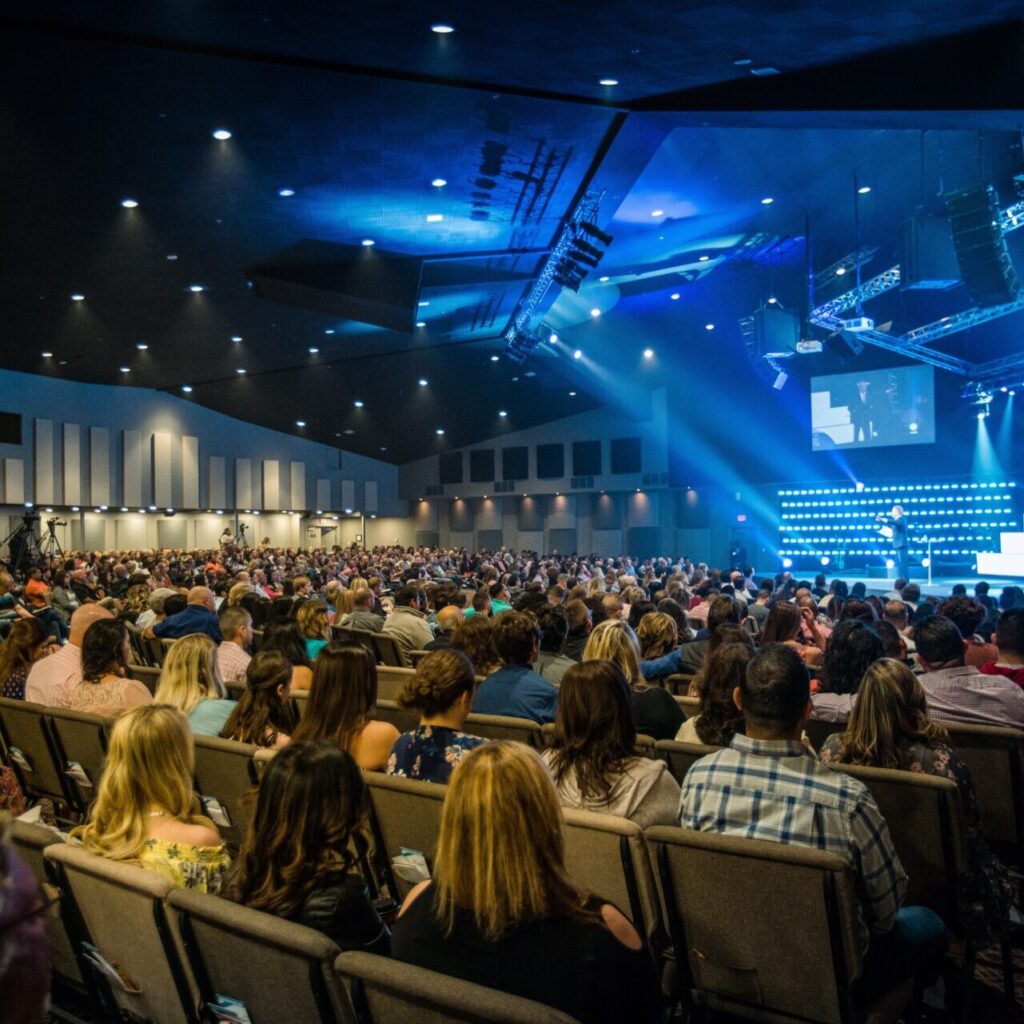As technology continues to evolve and reshape various aspects of our lives, modern church services are no exception. The use of video technology in worship spaces is not only enhancing the overall experience for church attendees but also reaching wider audiences beyond the physical boundaries of the sanctuary. High-quality video can deliver an immersive and engaging experience that enables the congregation to connect more deeply with the message of the service, whether they are present in person or joining virtually.
In the context of the modern church, video can serve various purposes — from broadcasting live services for online audiences, projecting lyrics or scriptures for easy viewing to capturing life-changing testimonies, and creating compelling visual narratives that resonate with viewers. Essentially, video technology translates the essence of the church service into a format that is accessible and relatable, supplementing the oral delivery of the message with powerful visual elements for a holistic worship experience.
In this comprehensive guide, we’ll delve into the role and importance of video in modern church services and unpack different types of video equipment and technologies. We’ll explore the process of selecting the right video technology, considering specific church needs, spatial constraints, and budgetary limitations. We’ll also discuss how partnering with an experienced video technology provider can simplify this process, ensuring you leverage the most suitable solutions to elevate your services.
Importance of Video for Modern Church Services
The implementation of video technology in modern church services has become essential in maintaining engagement and fostering a sense of community. Video not only allows churches to reach remote congregants who may be unable to attend in-person, but it also enhances worship experiences by providing visual elements and context for those present at the service.
As a result, embracing video technology helps churches remain relevant and accessible, meeting the needs and expectations of today’s digitally connected congregations.
Different Types of Video Equipment and Technologies
To create high-quality video experiences for your church, it’s crucial to understand the different types of video equipment and technologies available:
1. Video Cameras
Video cameras are the primary tools for capturing the visuals of your church service. Depending on your specific needs, various types of cameras may be suitable, including PTZ (pan-tilt-zoom) cameras, professional camcorders, or DSLR and mirrorless cameras. Consider factors such as resolution, lens options, low-light performance, and streaming capabilities when selecting the appropriate camera for your church.
2. Video Switchers
Video switchers allow you to manage multiple video sources and transition smoothly between them during your live stream or in-person service. Basic switchers offer a limited number of inputs and transitions, while more advanced models provide additional features, such as keying, picture-in-picture, and multi-view monitoring. Digital video switchers may also incorporate software-based controls, allowing greater flexibility for your production team.
3. Projectors and Display Screens
Projectors and display screens enable you to present video content for your in-person congregation, including live camera feeds, pre-recorded videos, lyrics, or scripture readings. Projectors can range from portable models for small spaces to high-lumen options for larger, brighter sanctuaries. Display screens, such as LED panels or video walls, offer an alternative to projection systems, providing a compact and energy-efficient solution for presenting visuals in various lighting conditions.
4. Video Streaming Equipment and Platforms
To live stream your church services, you’ll need video streaming equipment, such as encoders and streaming devices, capable of receiving, encoding, and transmitting video signals over the internet. Additionally, you’ll need to choose a streaming platform, such as YouTube, Facebook Live, or dedicated church streaming services, that best aligns with your congregation’s needs and preferences.
Selecting the Right Video Technology for Your Church
When integrating video technology into your church’s worship experience, careful planning is crucial to ensure the right equipment is selected. To achieve this, consider the following steps:
1. Understanding Your Church’s Needs and Objectives
Begin by defining the primary objectives for incorporating video into your church services. Are you aiming to reach a wider audience through live streaming, facilitate clear and engaging multimedia presentations, or both? Identifying your goals will help narrow down the equipment types and features that align best with your church’s needs.
2. Considering Your Space and Infrastructure
Consider the physical constraints of your worship space when selecting video equipment. Assess factors such as room size, ceiling height, natural light, distance to the congregation, and available power sources. Understand the limitations imposed by your space to choose the most suitable solutions, such as camera placement options, projection systems, or display screens.
3. Setting Your Budget
Determine the budget for your video technology investment, taking into account the cost of equipment, installation, maintenance, and training. Compare various options to find the best balance between performance, features, and affordability for your church’s specific circumstances.
The Role of an Expert Video Technology Partner
Collaborating with an expert video technology partner, such as Messenger AVL, can streamline the process of selecting, installing, and maintaining your church’s video solutions. This partnership ensures access to specialized knowledge and expertise, refined through years of experience working with churches of all sizes and needs. A video technology partner can conduct comprehensive assessments and make tailored recommendations for your worship space, providing a cohesive and seamlessly integrated video experience for your congregation.
Importance of Training To Utilize Video Technology Effectively
The effectiveness of your church’s video technology relies heavily on the ability of your staff and volunteers to operate and manage the equipment proficiently. Provide comprehensive training to ensure your team is comfortable with the various components and their functions, enabling them to respond confidently to any issues that may arise. Excellent training will empower your team to deliver consistent, high-quality video experiences during every service, benefitting in-person and remote congregants.
Final Thoughts
Video technology is an essential component of modern church services, contributing significantly to engagement and connection within your congregation. By understanding the types of video equipment, selecting the right technologies for your church, and investing in an expert video technology partner and proper training, your congregation can fully enjoy the benefits this powerful tool offers.
Keep your church at the forefront of the digital era by harnessing the potential of video to captivate, inspire, and unite your community in their shared worship experience! Contact our team at Messenger AVL, and let’s discuss our audio-video systems for churches!



